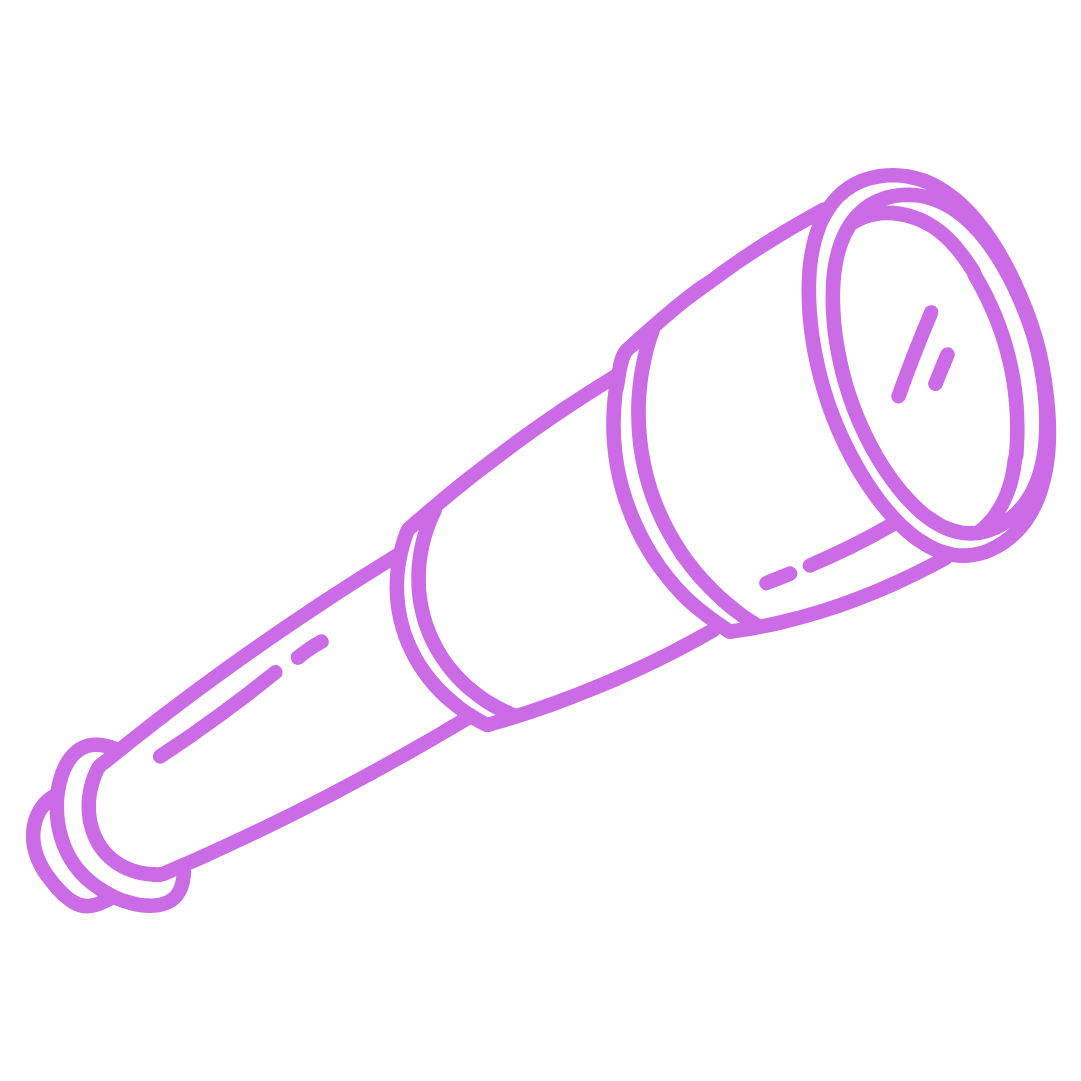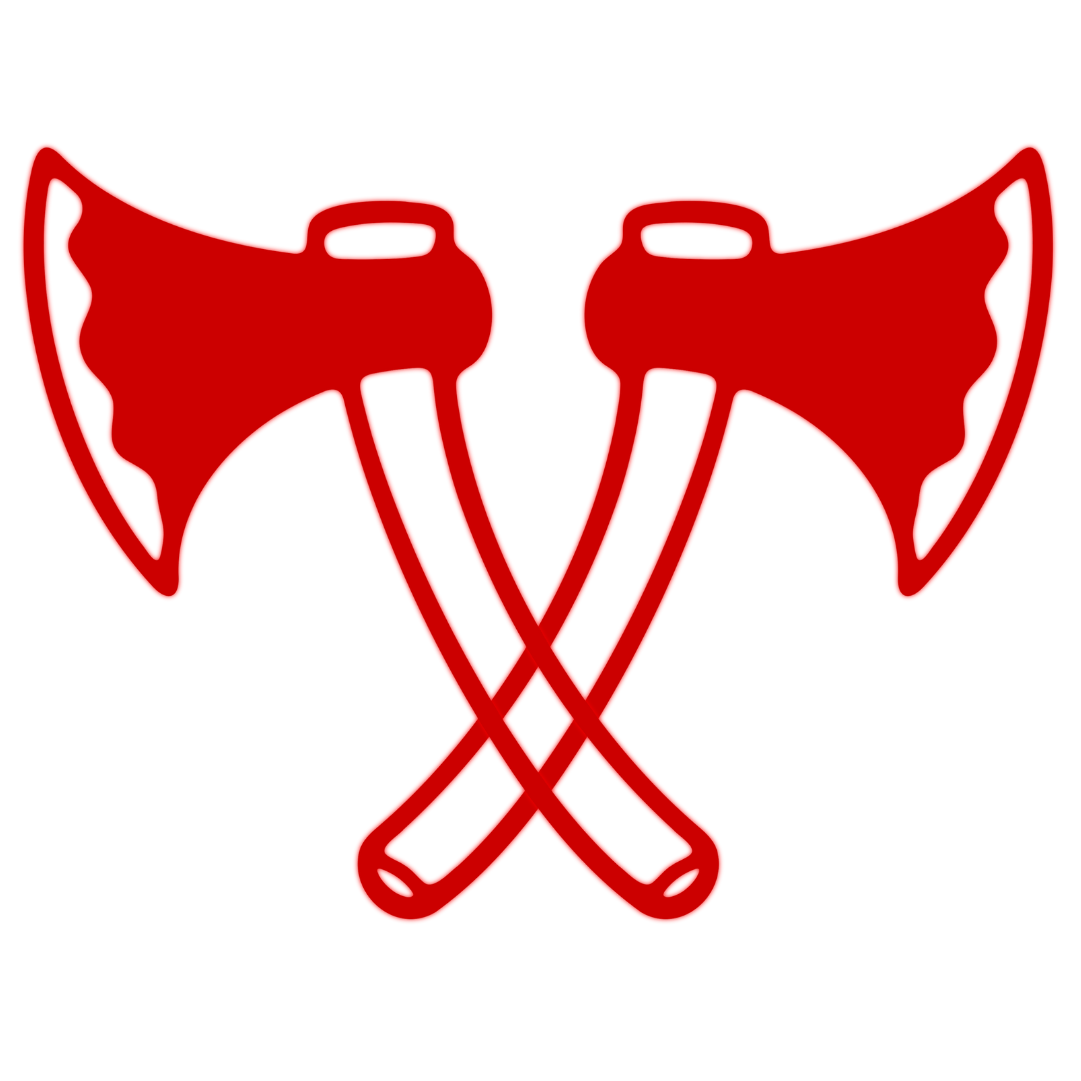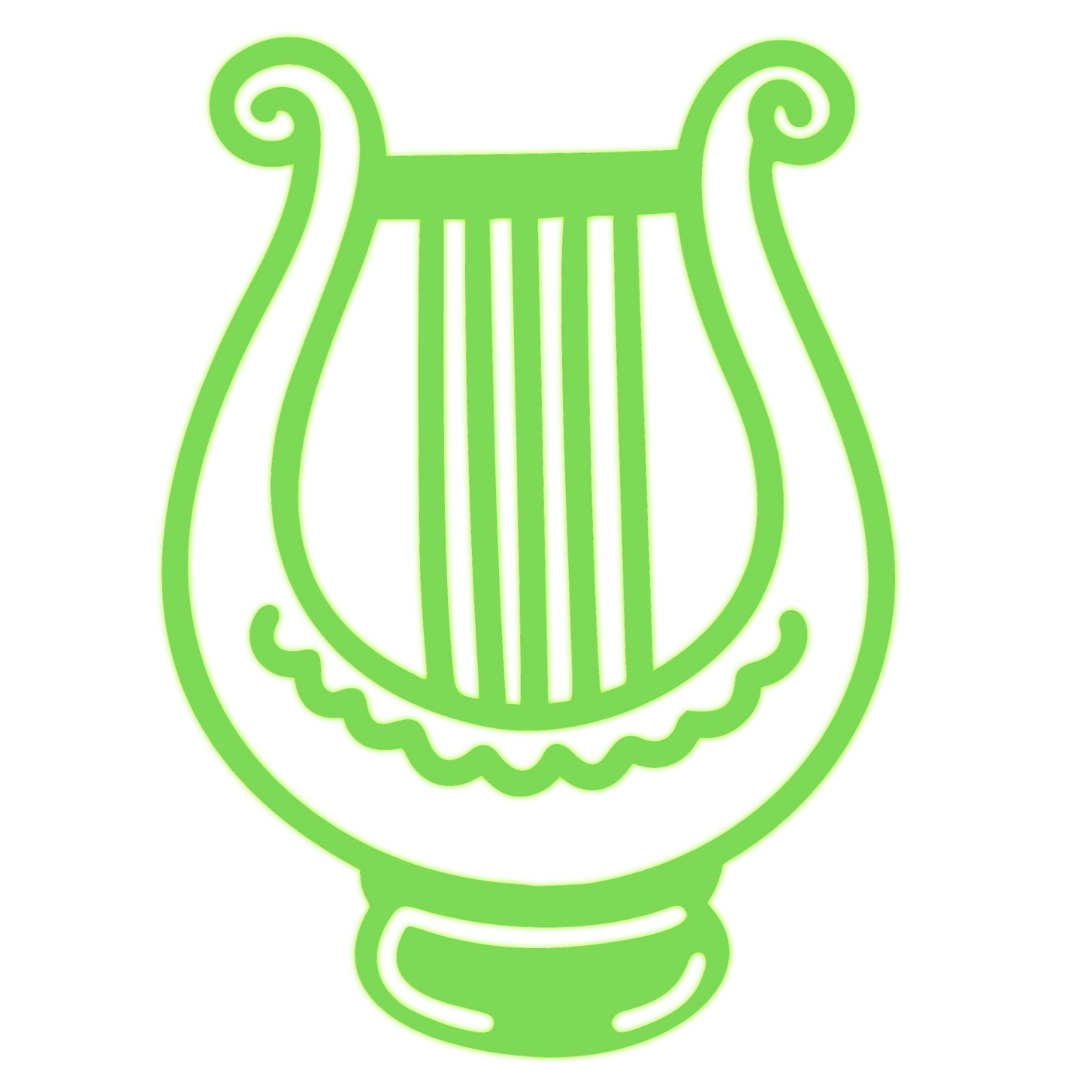
Different roles in game testing and main characters of game development
– Find a bug, pick it up; all day long you’ll have good luck.
Or at least, you’ll have a good game. –
What do we do if we stumble upon a bug while playing a game? Most likely, we complain to our friends. We take it to the forums. We probably try to find a solution or a workaround. When possible, some of us exploit it. Maybe we report it. Are we game testers now?
Of course, in the ecosystem of game development, the Quality Assurance department tests the game and ensures optimum quality, it’s in the name. They are the professional bug-catchers, who dedicate their work to being obsessively detail-oriented. But since a game passes through many hands of various professions, things are not black or white, and in the end, everyone who works on a game or plays it ends up testing it in some capacity.
With this in mind, we thought it might be interesting to discuss how different roles from the industry are involved in the actual testing of a project.
If you play the game of tester, you win or… actually, scratch that – everyone wins.
In the industry, we often talk about roles as “hats.” But let’s try something. Imagine a very distinctive object, like a tall hat. Or a cape. Or a Sherlock Holmes-esque magnifying glass. Or a plague doctor mask. Anything memorable, really. Can you picture it?
Alright, now let’s imagine that we have multiple characters on a stage, and the object passes from one character to another. Whoever holds the object, gets to play the lead role of tester for that round. Then the object is passed to someone else, and so on.
~ Introducing our first character, the original creator, the game designer ~
Character: Game Designer

Trait: Creative mastermind
Variations: Game Economy Designer, Narrative Designer, Game Director
Instances when the Game Designer might test a game:
- To prototype the initial concept and reiterate.
- To check if what has been implemented aligns with the original vision.
- To make sure the experience feels as envisioned in all its aspects (e.g. gameplay, visuals, narrative, sound, UI, controls).
- To test if the gameplay is fluid and intuitive.
- To play through quest flows and narrative options.
- To balance skills and environmental design.
- Most importantly, to understand if the game is fun and engaging.
~ Next on the stage, we have the code builder, the one who makes things happen ~
Character: Programmer

Trait: Technical wiz
Variations: Game Programmer, 3D Developer, Mobile Developer
Instances when the Programmer might test a game:
- To check if all functionalities work as scripted.
- To check if new features and updates function properly.
- To check the stability of different builds.
- To check if the build works on various types of hardware.
- Debugging: To check reported bugs, perform root cause analysis and find a fix.
- If we’re being honest, tests the game at all steps of the way.
~ It’s time for the next character to come into the spotlight ~
(although they usually prefer to hide backstage and observe others)
Character: UX Researcher

Trait: Analytical expert
Variation: UX Designer, User Analyst, User Researcher
Instances when the UX Researcher might test a game:
- To gain insights on player experience.
- To gather data and analyse impressions.
- To define player expectations.
- To understand if the interface is intuitive.
- To understand how different parts of the gameplay are received.
- To validate unique features that differentiate the title in a competitive market.
- Overall, to support data-driven design decisions.
A small caveat here: UX researchers might not test the game personally, other than to become familiarized with it, but they do perform a great deal of testing through users.
In the case of the gaming industry, “users” refers to players, who are chosen based on specific criteria relevant for the research.
~ We now have a returning role, someone we all recognize. Some say they might have an unfair advantage in this game, but we will allow it nonetheless. ~
Character: Quality Assurance Tester

Trait: Meticulously creative and technical
Variations: Game tester, QA Engineer, Quality Assurance Analyst
The instances in which the Quality Assurance Tester might test a game are numerous, and they cover all aspects of a product, from the most basic functions, to complex systems of gameplay, or state of the art hardware builds. This could include:
- Functionality
- Localization
- Performance
- Hardware compatibility
- Compliance and submission
- Balancing
- In short, testing EVERYTHING.
~ Last, but not least, the role passes down to you. Yes, you, the person reading this article ~
Character: Community

Trait: God of endless possibilities
Variation: Player (You, us, everyone)
Instances when the Community might test a game:
- As mentioned above, players take part in organized UX sessions.
- Participating in open alpha and beta testing sessions.
- While playing the game, anytime, anywhere. Players always push the boundaries of what is designed. Edge cases, meta builds, slang, and community structures are a few of the aspects taking form while players engage with a game. More often than not, they are able to go beyond what was designed to find their own way of enjoying the carefully thought-out product that is the game.
Now let’s go back to that object we mentioned earlier. What object? Hopefully you are not asking that question, but if you are, feel free to go back to the start of the article and refresh your memory.
Although they all essentially wear the same object, each character has a different look. Some display it with pride, some might not even notice it. For some it fits just right, while for others it stands out. This is how the action of testing sits with different roles from the world of gaming.
